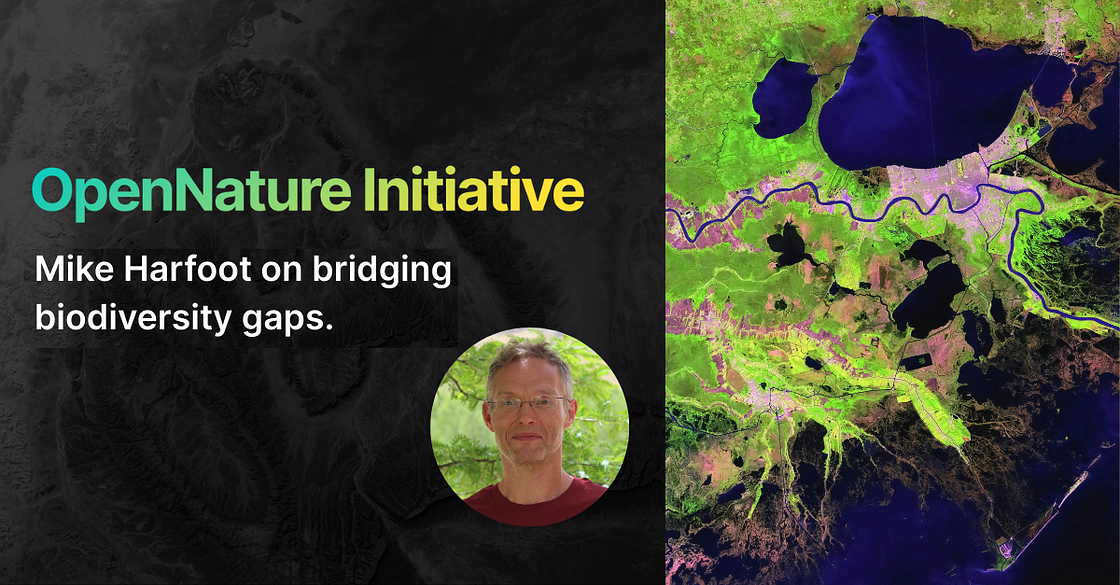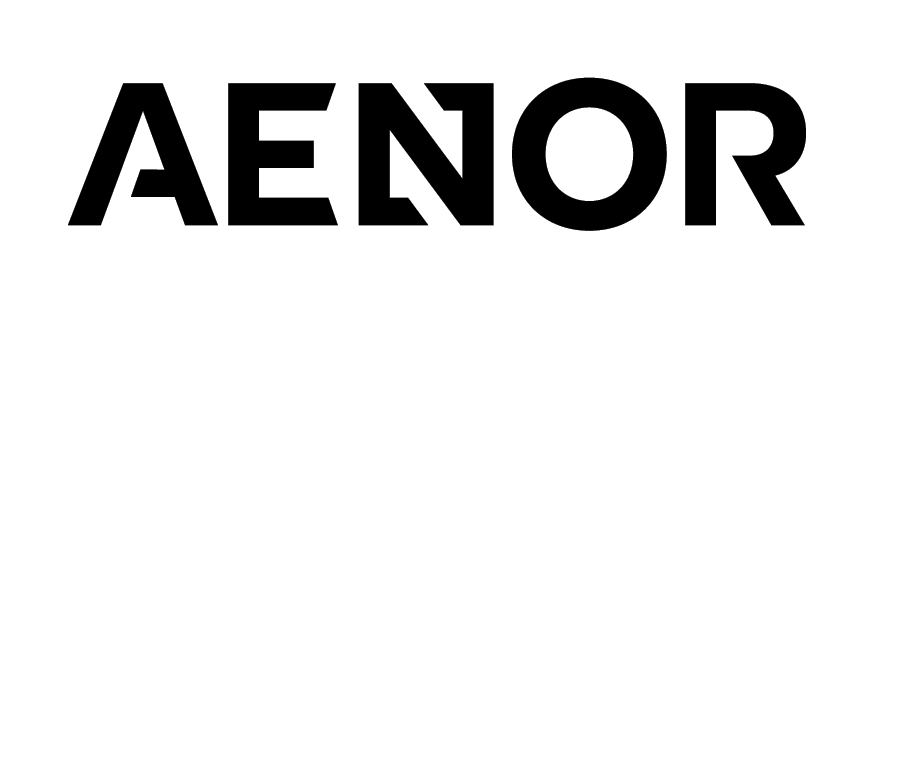Today, May 22nd, marks an important milestone. It’s both UN Biodiversity Day under the theme of “Harmony with nature and sustainable development” and the one-year anniversary of the OpenNature initiative co-developed by Mike Harfoot and Francis Gassert of Vizzuality, alongside a wide network of scientific and academic partners.

OpenNature began with an ambitious vision: to revolutionize how biodiversity data is collected, integrated, and shared — making it truly open and usable for conservation efforts around the world.
To mark the occasion, we asked Mike to reflect on what has emerged over the past year and what lies ahead. In this blog, he shares key insights from the journey so far and outlines the focus areas shaping the initiative’s next steps.
Read on as we explore:
- The integration of the fragmented nature data landscape
- The importance of local knowledge
- Standards and quality of data products
- Financial models and the sustainability of data products
1. The integration of the fragmented nature data landscape.
As technology makes it cheaper and easier, increasing amount of biodiversity data are being collected. Open biodiversity databases are growing and open satellite remote sensing allows observations to be linked to broader environmental conditions. However, derived products such as indicators or basic information such as species range maps often have licenses with constraints (e.g. not for commercial use), or are not open at all.
Indicators and conservation knowledge bases are compiled and distributed by different organizations often in different formats and with different licenses. This lack of openly usable nature knowledge leads to duplicated efforts, a confusing patchwork of overlapping indicators, and a substantial drag on innovation.
OpenNature has identified the need for approaches to revolutionize biodiversity intelligence by integrating current datasets, reports, academic articles, and technological solutions like monitoring and citizen science APIs into accessible, decision-ready biodiversity intelligence. By dismantling decision-making barriers, democratizing access to critical information, and transforming its usability, we can empower decision-makers at all levels to make informed, impactful conservation choices.
2. Standards and quality of data products.
Amongst the plethora of data products that exist, there is a need for the development of methods and datasets for evaluation of approaches and products.
This is necessary both to understand current capabilities but also to engage communities outside of conservation and ecology, such as computer science, to develop and apply novel methods for applications in the biodiversity space.
3. The importance of local knowledge.
The implementation of conservation decisions ultimately takes place at local-scales and involves a range of stakeholders. Any data products and tools need to be useful and accessible for these communities. So for example, we should incorporate local knowledge with other data and knowledge and allow communities to address the questions they have, in ways that work for their languages and cultures. This is what democratising access to knowledge means: making knowledge available to all citizens even those without funds or technical expertise.
But local relevance requires collaborative development from the outset. Building trust in tools and knowledge, respecting the sovereignty of data held by local communities, is essential to avoiding digital colonialism and ensuring equitable outcomes.
4. Financial models and sustainability of data products.
Democratizing access to biodiversity knowledge through open data products and tools has clear societal benefits. However, a primary cause of the widespread use of restrictive licenses, commercial paywalls or private repositories, is the chronic underfunding of nature data collection and infrastructure.
So, to produce and sustain the necessary open data products, the mechanisms for financing them must also evolve. Governments, funding agencies, and capital markets could correct the perverse incentives that currently funnel biodiversity data into proprietary silos.
The regulatory landscape for publishing biodiversity data openly could be tightened — data supporting Environmental Impact Assessments or biodiversity credit schemes could be required to be published. Equally, businesses publishing open data could be rewarded through tax deductions equivalent to treating these data sets as philanthropic donations.
Business models for companies and NGOs need to evolve, so that costly biodiversity knowledge can still be made available whilst costs are recovered through innovative business models. For example freemium services — offering baseline data freely while charging for advanced analytical tools — or using open data to cross-subsidize other offerings.
After this first year of learning and collaboration, OpenNature remains committed to building an open, integrated, and sustainable biodiversity data ecosystem that supports communities, informs decision-makers, and drives conservation forward.
We’re deeply grateful to all our partners and contributors who have shaped this journey so far. We look forward to the path ahead, and to continuing this vital work together.
If you too are passionate about building a more open, collaborative, and urgent biodiversity data system, get in touch: hello@vizzuality.com
This initiative would not exist without the insight and support of:
- Craig Mills (WRI, Director Land & Carbon Lab)
- Derek Tittensor (Dalhousie University)
- Oisin Mac Aodha (University of Edinburgh)
- Drew Purves (Google DeepMind)
- Ali Swanson (Conservation International)
- Simon Ferrier & Andrew Hoskins (CSIRO)
- Dave Thau (WWF US)
- Alison Johnston (University of St Andrews)
- Laura Pollock (McGill University)
- Joe Millard (University of Cambridge)
- Carsten Meyer (iDiv)
- Konstantin Klemmer (Microsoft Research)
- Niamh Eastwood (University of Birmingham)
- Scott Loarie (iNaturalist)
- Maria Santos (University of Zurich)
- Jingjing Liang (Purdue University)
- Patrick Roehrdanz (Conservation International)
- Brian Maitner (University of South Florida)
- Marissa Balfour (Map of Life)
- Christina Kennedy (The Nature Conservancy)
- Sara Beery (MIT)
.png)

.png)



